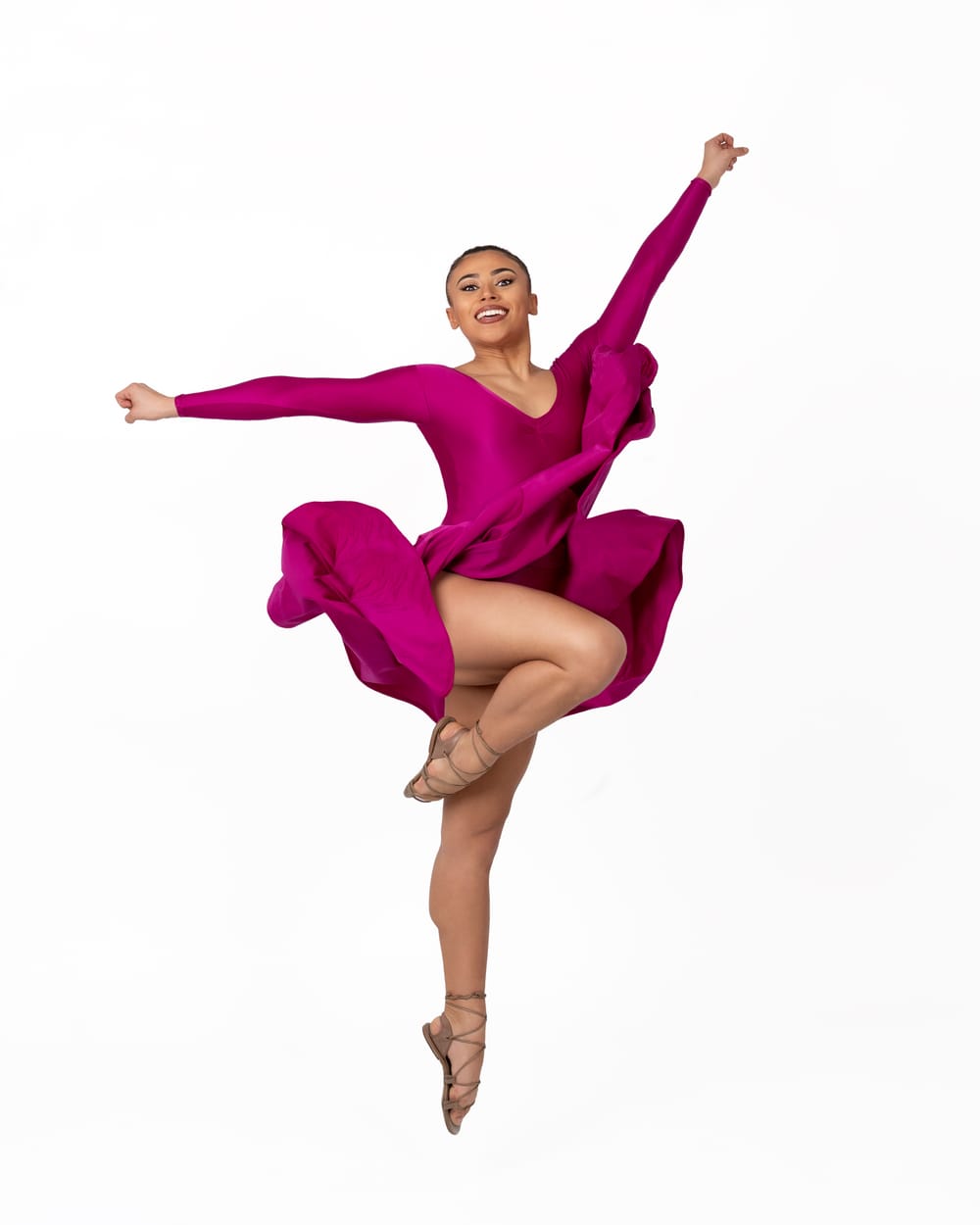Stay in the Loop
BSR publishes on a weekly schedule, with an email newsletter every Wednesday and Thursday morning. There’s no paywall, and subscribing is always free.
A vivid history of late 20th-century Black choreography
PHILADANCO! presents Roots and Reflections

History was on everyone’s mind at PHILADANCO!’s Roots and Reflections on Friday, April 12, including during a Q&A with founder Joan Myers Brown and choreographer George Faison, in a discussion centered on efforts to preserve these historic dance works.
DANCO owns the rights to many of its legendary pieces. But dance is more than symbols on paper or photographs or videos. It exists in the body, handed down from the muscle memory of one dancer to another in a generational exchange that keeps the dance alive. So when artistic director Kim Y. Bears-Bailey asked Brown for her favorite pieces, she dipped into the company history for the dances people asked for the most. The result was a vivid history of Black choreography from the 1970s and 1990s that still speaks to us today.
Contemplation, joy, and, sorrow
The first half of the program took us back to the 1990s. In Ronald K. Brown’s Gatekeepers, soldiers gathered the wounded on their way to heaven to the haunting music of Nigerian performer and costume designer Wunmi Olaiya. The six dancers in union suits of red or blue or white, as if they’d sloughed off their uniforms with their bodies, marched solemnly or stamped their feet with wide, high knees that brought to mind Yoruba dance. Raven Joseph and Brena K. Thomas were standouts in their high-stepping duets.
George Faison’s Suite Otis, set to the songs of Otis Redding and with Faison’s hot-pink costumes, took us from sorrow to joy as it reflected the varied faces of romantic love. “Just One More Day” made the perfect segue from Gatekeepers: Brandi Pinnix danced the widow in a black, wide-skirted dress with a black bouquet in her hands. All the emotion erased in Gatekeepers was on display in this moving expression of grief, but the piece quickly moved on to a display of manly strutting in social line-dancing sharp as the hot pink outfits the dancers wore. The women answered with arch swishes of their skirts to “I Can’t Get No Satisfaction.” But my favorite was a saucy duet to “Lovers Prayer.” Thomas and Floyd McLean Jr. danced cheek-to-cheek with their butts stuck out as far as they could stick them, broke apart, and came back together with lyrical lifts that should not have fit but somehow just did.
A tribute to dance of the 1970s
Brown and Faison came back to reset their dances, but it took Bears-Bailey and rehearsal director Tracy Vogt to bring the 1970s back to life. In four excerpts from choreographer Harold Pierson’s Roots and Reflections, they gave us a harrowing depiction of slavery that remains as powerful as the day it was created. Middle Passage opens with the company in silhouette, captured against a red-lit backdrop before the lights reveal the dancers lying crowded together on the floor, as if in the bottom of the ship. They reached with their arms and fell back again to their densely packed and painful positions. In ragged, ill-fitting clothes, they cower at the auction block; Duke Ellington’s “Come Sunday” spoke to the endurance of the spirit.

Kumbaya gave us a yearning solo by Kayla Ariel, while Devin L. Roberts walked the stage, mournfully singing the familiar song. The piece ended with Ring Shout, a defiant expression of religious fervor danced by the women in long earth-colored dresses and straw hats. They swayed and beat their feet in praise and jubilation. On Friday night, one of the dancers dropped her hat but swept it up and raised it over her head so that it seemed a part of the dance. As often happens when DANCO performs such a meaningful piece, the company’s emotional journey wrung our hearts and elevated our spirits.
Artistry that continues to move us
DANCO always ends with a party, and Talley Beatty’s Pretty Is Skin Deep, Ugly Is to the Bone, with music by Earth, Wind, and Fire, was no exception. Lighting designer Nick Kolin set the scene with silhouettes of the city lit with red for the dance challenges to come, and designer Natasha Guruleva’s jewel-toned costumes made it a celebration. William Burden, in a satiny dark-blue unitard, was a standout. He reached impossible heights with his leaps, taking off like a high jumper and twisting in the air to land on his feet—over and over again. But the highlight of the piece was a sultry duet between Joseph, in a short, slashed pink dress, and a stepladder. Joseph draped herself across the ladder and displayed her beautiful extensions in balance-defying perfection. At the top, she turned and did a side split as terrifying in its daring as it was breathtaking.
In its spring series, PHILADANCO! welcomed us to take a stroll through its history. Like most history, there was sorrow as well as joy, but more than historic artifacts, the artistry of these pieces continues to move us today.
At top: PHILADANCO! dancer Brittany Wright in Talley Beatty’s Pretty Is Skin Deep, Ugly Is to the Bone. (Photo by Julieanne Harris.)
What, When, Where
Roots and Reflection. Choreography by Roland K. Brown, George Faison, Harold Pierson, and Talley Beatty. PHILADANCO! $29-$49 (with an $11.50 convenience fee for online orders, plus an additional $4 order fee). April 12-14, 2024, at the Kimmel Cultural Campus's Perelman Theater, 260 S Broad Street, Philadelphia. (215) 387-8200 or philadanco.org.
Accessibility
Kimmel Cultural Campus venues are wheelchair-accessible.
Sign up for our newsletter
All of the week's new articles, all in one place. Sign up for the free weekly BSR newsletters, and don't miss a conversation.

 Camille Bacon-Smith
Camille Bacon-Smith